
Related items loading ...
Section 1: Publication
Publication Type
Summary Report
Authorship
O'Hearn, S., Kendall, K., DeBeer, C., & Pomeroy, J.
Title
Global Water Futures Observatories Data Governance Framework and Architecture
Year
2025
Publication Outlet
Canada Water Agency
DOI
ISBN
ISSN
Citation
Abstract
Forward
Global Water Futures Observatories (GWFO) provides open access to a vast array of high-quality observational and experimental freshwater data, in original and value-added, post-processed form, originating from its 64 instrumented water observation sites optimally distributed in lakes, rivers, wetlands, glaciers, and drainage basins across Canada, 15 deployable measurement systems for specialized field data acquisition, and 18 water laboratories located at the partner universities where detailed water quality, biological, and other analyses take place.
GWFO is a large national program, and consequently, there are numerous forms of multidisciplinary data (hydrometeorological, turbulent fluxes, quality, isotopic, hill-slope runoff, soil infiltration, eDNA, etc.) originating from a diverse, geographically widespread distribution of sensors, laboratory instruments, and deployable systems, etc. (and here we coin the term multi-data). In addition, GWFO sustains a legacy of invaluable freshwater observations from its predecessor programmes (e.g., MAGS, DRI, IP3, CCRN, GWF) which collected data from many of the very same sites that GWFO now does as long as 50+ years ago, and this continuum allows the monitoring and detection of hydrological and water quality changes, and the development of an in-depth understanding of the physical and biological responses to climate change and human pressures.
This report presents GWFO's Data Governance Framework and its related Data Architecture for covering its nationally distributed data sources, data sharing and transfer protocols, data management systems, data policies, and metadata requirements. In addition to these standard aspects of data management, the Governance Framework and Architecture for GWFO data were further expanded to produce a more progressive data management of its holdings through open data and through the adoption of approaches and systems leading to a robust cross-referencing of data with related information from GWFO, and from the several other foundational programs that led to it, on publications, basins, observatories, sites, stations, model inventories, laboratories, principal investigators, software, other data, programme/ project associations, and much more. Thus our data management strategy lends itself to continuous improvement as our data holdings scale upwards and become increasingly integrated, strongly contextualized, and valuable. This pattern of fortification, in turn, provides an ongoing powerful incentive to retain, maintain, and continually build on a comparatively future-proof collection of readily discoverable, interrelated, high-quality data and information for use in the advancement of freshwater science.
Plain Language Summary
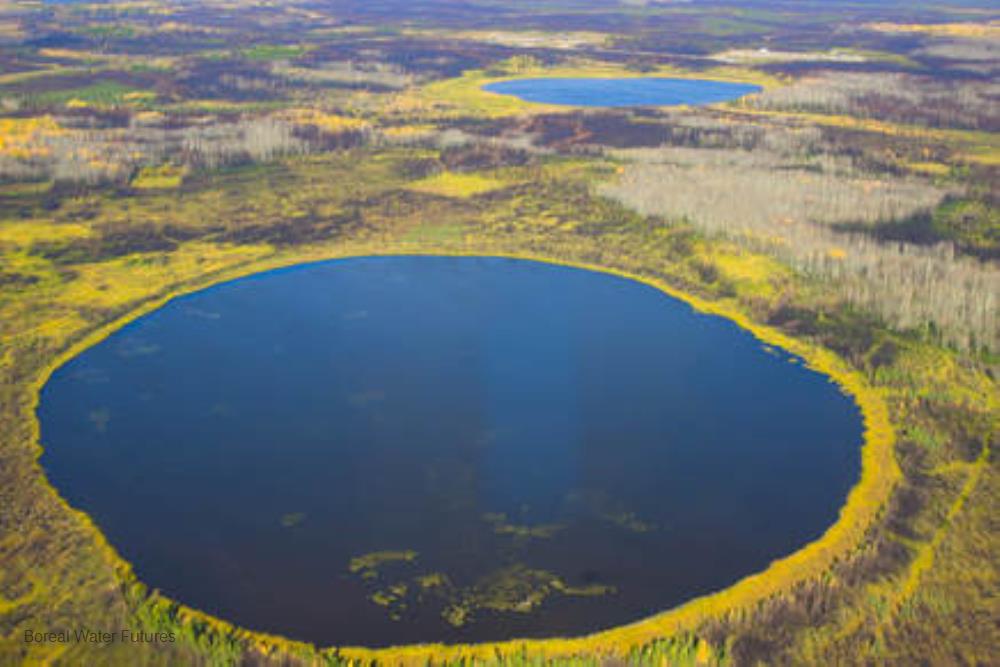
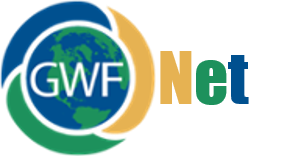
 GWFNet
GWFNet Master
Master Data
Data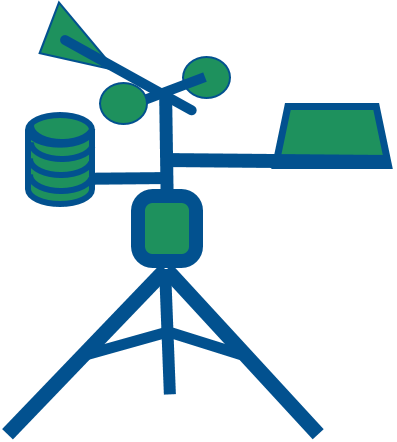 Research
Research Map
Map
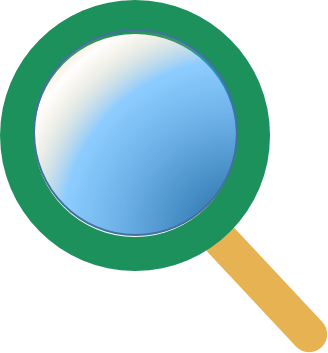 Advanced
Advanced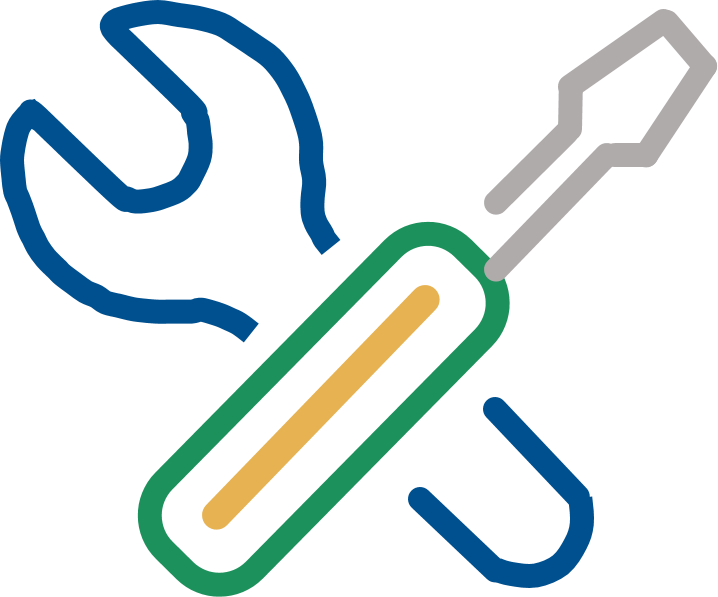 Tools
Tools
 . . .
. . .
 Metadata Editor
Metadata Editor
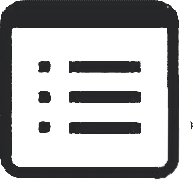 Record List
Record List
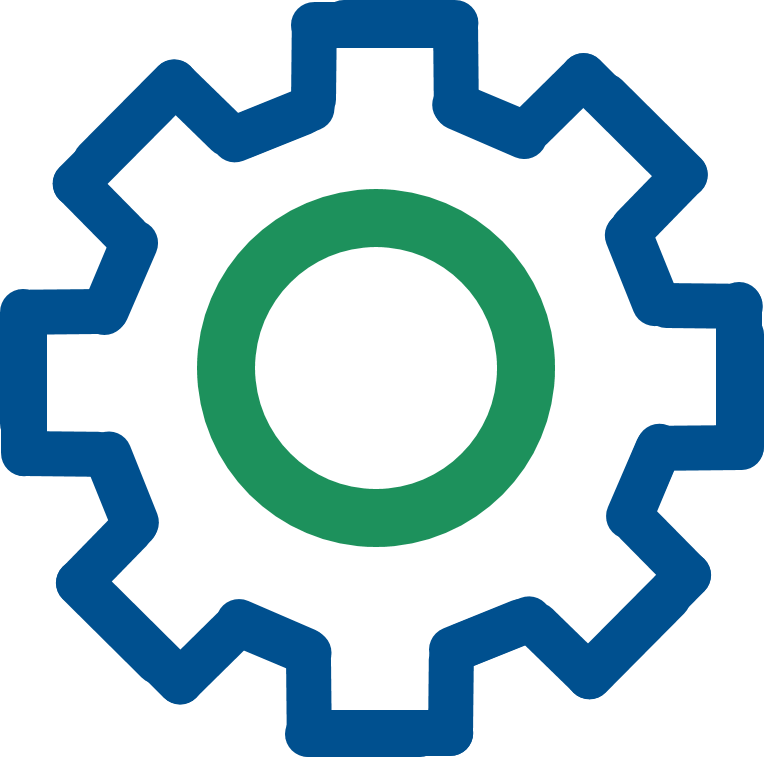 Alias List Editor
Alias List Editor
 Legacy sites
Legacy sites